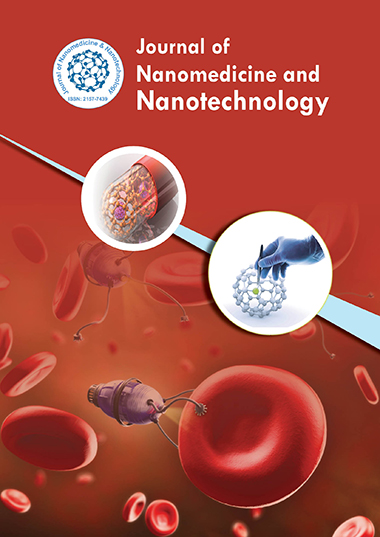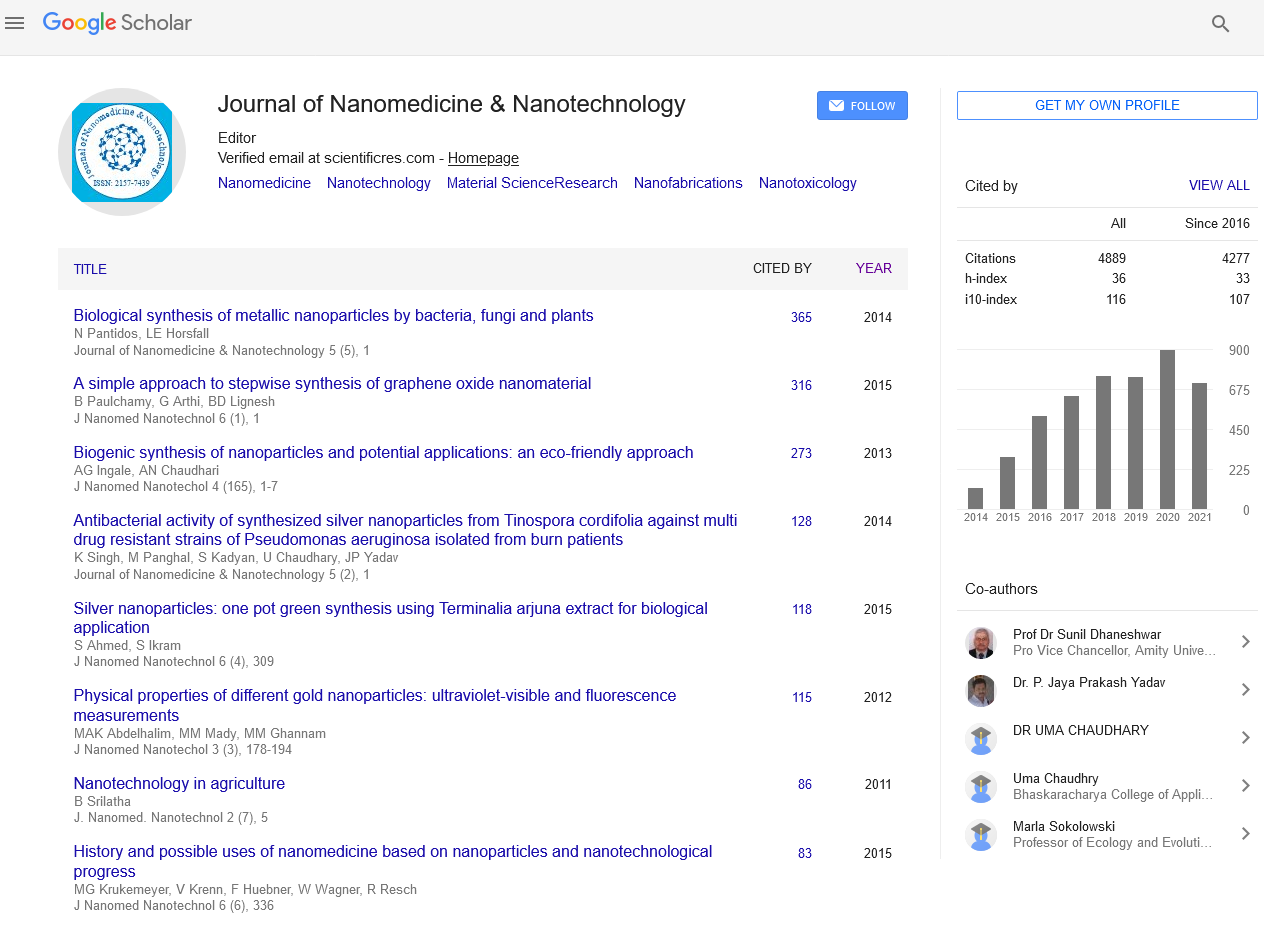Indexed In
- Open J Gate
- Genamics JournalSeek
- Academic Keys
- JournalTOCs
- ResearchBible
- China National Knowledge Infrastructure (CNKI)
- Scimago
- Ulrich's Periodicals Directory
- Electronic Journals Library
- RefSeek
- Hamdard University
- EBSCO A-Z
- OCLC- WorldCat
- SWB online catalog
- Virtual Library of Biology (vifabio)
- Publons
- MIAR
- Scientific Indexing Services (SIS)
- Euro Pub
- Google Scholar
Useful Links
Share This Page
Journal Flyer

Open Access Journals
- Agri and Aquaculture
- Biochemistry
- Bioinformatics & Systems Biology
- Business & Management
- Chemistry
- Clinical Sciences
- Engineering
- Food & Nutrition
- General Science
- Genetics & Molecular Biology
- Immunology & Microbiology
- Medical Sciences
- Neuroscience & Psychology
- Nursing & Health Care
- Pharmaceutical Sciences
Abstract
Safety Assessment of Graphene Based Polyester Resin Composites
Francisco Aznar Molla, Heredia Alvaro, Carlos Fito-Lopez* and Inmaculada Colmenar
The use, production and disposal of Engineering Nanomaterials (ENMs), including Graphene-Related Materials (GRMs), raise concerns and questions about possible adverse effects on human health and the environment, considering the lack of harmonized toxicological data on ENMs and the ability of these materials to be released to the air, soil or water compartment during common industrial processes and/or accidental events. Within this context, the potential release of graphene particles, their agglomerates and aggregates (NOAA) as a result of sanding of a battery of graphene based polyester resin composite samples intended to be used in the building was examined. The analysed samples were exposed to different weathering conditions to allow the evaluation of the influence of the weathering process on the morphology and size distribution of the particles released. Sanding studies were conducted in a tailored designed sanding bench connected to time and size resolving measurement devices. Particle size distributions and particle number concentration were assessed by an Optical Particle Counter (OPC) and a Condensation Particle Counter (CPC) respectively during the sanding operation. Scanning Electron Microscope/Energy Dispersive X-ray (SEM/EDX) analysis was performed to adequately characterize the morphology, size and chemical composition of released particles. A toxicity screening study of pristine and graphene-based nanocomposites released using the aquatic macro invertebrate Daphnia magna and relevant human cell-lines was conducted to support risk assessment and decision making. Results show a significant release of nano-scale materials during machining operations, including differences attributed to the % of graphene and weathering conditions. The cell lines testes demonstrated a higher effect in the human colon carcinoma cell line Caco2 than in the human fibroblasts (A549 cell line), which means that composites released to the environment can have an impact on human health and biota.
Published Date: 2024-09-13; Received Date: 2021-03-29


